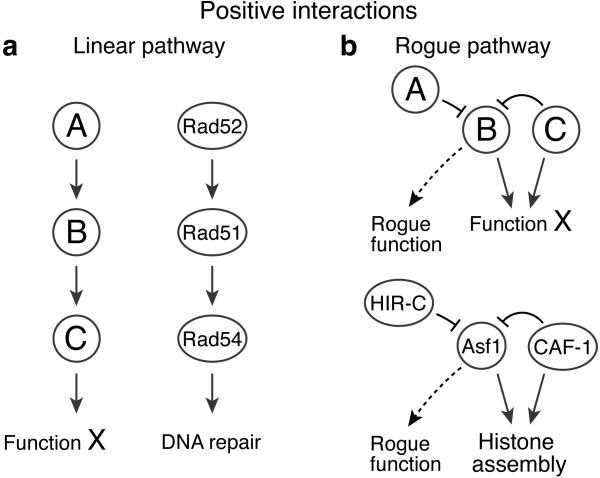Figure 3. Positive genetic interactions revealed by TMA.
A) Deletions of genes that act in the same pathway result in cell growth greater than expected from the growth defects of the individual mutants. DNA repair proteins Rad52, Rad51 and Rad54 function interdependently in the RAD51-dependent double-strand break repair pathway. Removal of any one of these results in a dysfunctional pathway, and thus removal of the remaining two proteins affects viability less severely than expected for unrelated proteins. B) Two proteins suppress a rogue function of a third protein. Deletion of the suppressing pair (A and C) results in cell sickness due to the rogue function of the third protein (B), but cell growth is restored upon deletion of the responsible gene (BΔ). Cells lacking one of the components of the CAF-1 histone H3-H4 chaperone display severe sickness in the absence of one of the HIRA complex components, but suppression is achieved by removal of the second chaperone, Asf1. We interpret this as an indication that Asf1 acts in a detrimental fashion when both CAF-1 and HIRA are missing.

